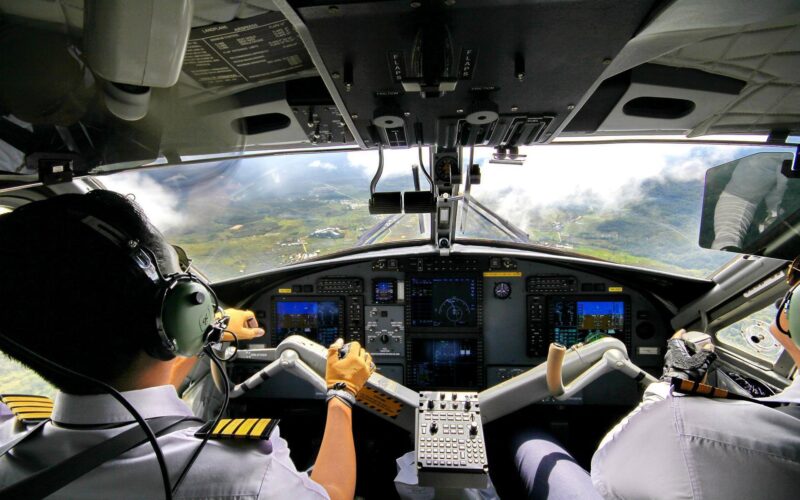In aviation, an industry where safety is the most important factor, having a well-prepared crew is crucial. But what happens if a pilot or flight crew are unfit to fly but flight cancellation is not an option? According to Samira Sugoniak, Project Manager at Aeroclass, a subscription-based digital learning platform focused specifically on aviation, this is when a deadhead pilot or crew come into the picture.
“In the transportation industry, a deadhead refers to any person or a thing that travels free of charge,” Samira Sugoniak. “Pilots who are flying in the cabin with other passengers are usually termed with the buzzword deadhead pilots. They are taking the flight at the behest of their airline. When simply put, a deadhead pilot is a regular pilot who is being repositioned to take his assigned flight from another airport.”
There are many reasons why a pilot or crew would fly to a different airport. “Bad weather stopping a return flight, pilots becoming unfit for the duties, and exceedance of maximum duty period might result in airlines needing some reinforcement from team members stationed in different airports, sometimes even different countries,” Sugoniak said.
It is more usual to see a deadhead pilot than deadhead flight attendants but sometimes crews are flown into required airports to attend flights. “Even though neither crew nor pilots are actively working while being deadheaded they are considered to be on duty throughout the flight and are compensated for their time,” Sugoniak shared. “The rate may vary from one airline to the other. Most of the major airlines consider deadhead flights as same as usual flights and pay at the full rate.”
While most of the time deadhead team just sits, relaxes, and enjoys the flight, in emergency situations they could be asked to assist. “Unarguably, the support given by the deadhead pilots comes in handy, especially during the critical flight phases: landing, take-off, final approach, and initial climb. The same is true for a deadhead flight attendant as he or she can support the crew for cabin preparation and evacuation during an emergency.”
Regardless actively working the flight or not, a deadhead pilot or flight attendant is still on duty, wearing the uniform and representing the airline. The only difference is that just like paid travellers, they get a seat for the trip in the cabin.

